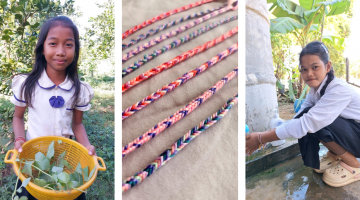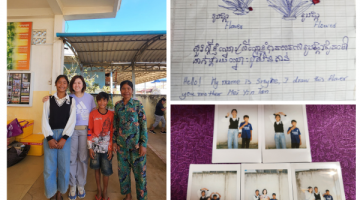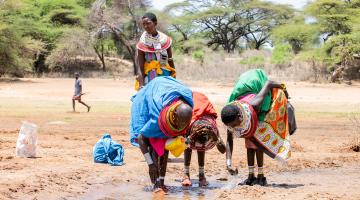Conflict Affected Children
Living in conflict-torn regions, these children face uncertainties beyond any of their families' control. Your sponsorship can help provide consistent support for the children - for healing and the building of resilience in their lives.
There are currently no children matching your search criteria. You may wish to choose other criteria. If you are unable to find children based on your preference, please fill up this form for us to send you the child profiles. Alternatively, you can let us know your preference via Facebook Messenger at the bottom right of this page.
About Child Sponsorship
Find out what you'll receive as a child sponsor, how your sponsorship donations are used and read about the life-changing experiences of other sponsors.
Frequently Asked Questions
Visit our frequently asked questions page for answers to all your questions about child sponsorship.








